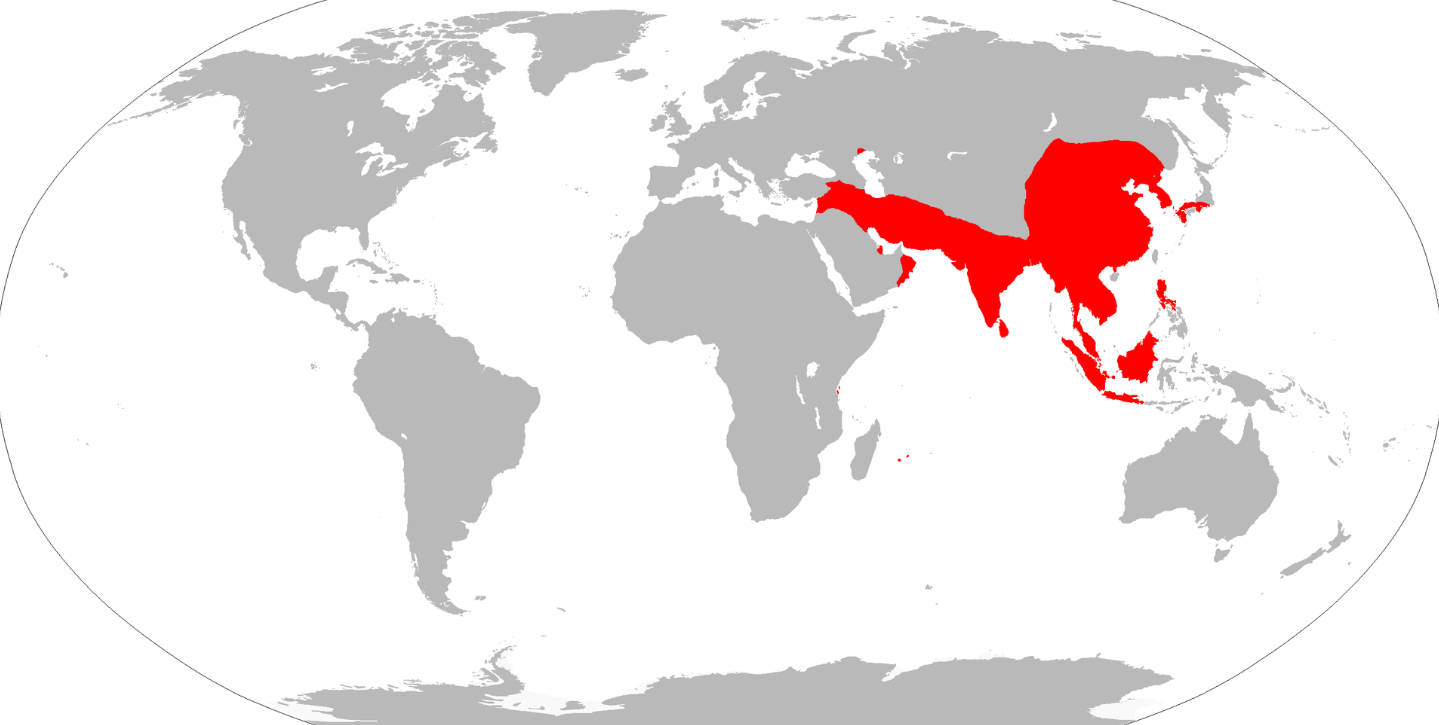Did you now that the first pandemic ever was the Plague of Athens?
To most of us, it seems that when people discover every new vaccine for a disease, humankind seems to suffer from new diseases. Just when we thought we got rid of the diseases from the past, such as the plague and smallpox, Coronavirus came to prove to us that human life is more fragile than we like to think.
A variety of diseases that have occurred throughout history have taken many lives. But imagine what it would be like if a vaccine for those diseases were never invented. Although today we treat many of the pandemics that appeared later successfully, there’s a new threat ahead of us. Let’s see how the first pandemic ever looked and what were the worst pandemics ever.
Contents
What Is a Pandemic?
According to ScienceAlert, pandemics are “states of disease that sharply increase in populations around the world with infections taking place more or less simultaneously.”
In other words, if we summarize it, a pandemic definition would be “the global outbreak of a disease.”
But what’s the difference between an epidemic vs. pandemic? Well, an epidemic is an outbreak of a particular disease, and it can turn into a pandemic when it affects a high proportion of people or even the majority of the population.
First Pandemic Ever
As said in the introduction, the first pandemic ever recorded was the Athenian Plague or the plague of Athens. It was, in fact, a typhoid fever pandemic that occurred in 430 BC and lasted until 426 BC. According to available sources, it was limited to only one city, but it is on the list as the first recorded case of a life-threatening disease that killed many people in a short time.
Thucydides, a well-known Greek historian, described in detail the symptoms of the disease that killed nearly two-thirds of Athens’ population at the time and left many of the remaining Athenians with lifelong consequences. As stated by Thucydides, symptoms of typhoid included redness of the throat, tongue, and eyes, bad breath, and fever.
Top Global Pandemics and First Pandemic Ever
After the first pandemic ever, more diseases continued to endanger human life on earth. The following are the worst pandemics ever.
- Plague of Athens that lasted from 430 until 426 BC. The cause was a type of Salmonella bacteria.
- Antonine Plague that lasted from 165 until 180 AD. It was probably smallpox from the Variola major and Variola minor viruses that soldiers brought to the Italian peninsula. It killed approximately five million people.
- The Plague of Justinian, the first record of bubonic plague, lasted from 541 until 750. The cause of the disease is bacterium Yersinia pestis. This pandemic started in Egypt and killed between a quarter and a half of the population at the time.
- Black Death that lasted from 1331 until 1353. It was the second major outbreak of the plague from Yersinia pestis that started in Asia and spread to Europe. It killed around 75 to 200 million people in the world.
- The third plague pandemic that started in 1855 in China. India was profoundly affected, resulting in 10 million deaths. We can still find some cases in the U.S. today.
- Spanish flu that lasted from 1918 until 1920 was the deadliest pandemic ever. It killed more than 50 million people worldwide in less than two years. The cause was the H1N1 influenza virus (that caused the outbreak of swine flu in 2009, as well.)
Although the world was shaken up by these diseases, right now, the world is facing another major threat. It is the Coronavirus.
Coronaviruses aren’t at all similar to the first pandemic ever. They are a large family of viruses that attack humans and animals. Under the electron microscope, these viruses have the shape of a crown, which is why they are named after the Latin word corona, which means ‘crown’.
Some coronaviruses have been known since the 1960s to cause disease in humans, from the common cold to severe respiratory infections. But since 2003, new coronaviruses have begun to emerge, moving from animals to humans and spreading from human to human. So, with the advent of SARS in China in 2002 and MERS in the Middle East in 2012 (still emerging), we now have a new coronavirus reappearing in China.
The new coronavirus or the COVID-19 is a new coronavirus strain that has not been detected in humans until recently. Researchers called it SARS-CoV-2 (SARS-coronavirus-2) by the World Health Organization (WHO.)
The first reported case of Coronavirus came from Wuhan, a city in the Hubei province in Central China.
The first ever COVID-19 or Coronavirus case was discovered in late December 2019. However, now the Chinese authorities believe the first infected person or the “patient zero” got the disease on November 17, 2019. From there, it spread to Thailand, Japan, Australia, Nepal, France, and 207 countries and territories around the globe as of April 5, 2020.
The three most common Coronavirus symptoms are fever, shortness of breath, and dry cough. Other symptoms include aches and pains, sore throat, fatigue, and headaches, which we can all attribute to a mix of a common cold, the flu, and specific allergies.
Stay Home, Stay Safe!
Now that you know some interesting facts about the first pandemic ever, as well as the recent one, such as the Coronavirus, make sure to listen to your country’s guidelines on how to fight this devastating pandemic. Stay home and stay safe.
In case you’re already in self-isolation and bored, make sure to head to our article about the first centenarian ever.




